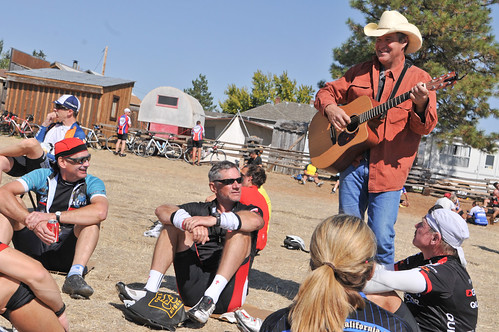
(Photo by J. Maus/BikePortland)
Can cycling really make a difference to help close the yawning gap that exists between Oregon’s cities and its small, rural towns?
As someone who promotes and advocates for bicycle-related tourism, that’s a question that weighed heavily on my mind during the 7-day, 490-mile Cycle Oregon ride I did last month. BikePortland Podcast producer and co-host Lily Karabaic was also on that ride, so we decided to sit down with Cycle Oregon Executive Director Alison Graves to delve into the topic a bit deeper.
Advertisement
In this month’s episode, Alison, Lily and I talk about divisions that exist between rural and urban Oregon, how Cycle Oregon is working to strengthen “authentic Oregon” and change the image of its ride (and its riders), why cycling should not oversold as a silver-bullet to cure rural Oregon’s economic woes, and more…
But wait, there’s more!
Coming up October 25th…. It’s the Transport-astic Studio Opening Party. Join Michael, Lily, me and the fine folks behind The Sprocket Podcast and the (forthcoming) Transportini Podcast to toast Open Roads Broadcasting. We’ll be giving tours of the Independent Publishing Resource Center (where we record), doing some live radio, having a game or two of Urban Growth Boundary Twister, sharing drinks and snacks, and more. It’s 10/25 at 6:30 pm at the IPRC (1001 SE Division). Check the flyer below…
You can subscribe to our monthly podcast with Stitcher or iTunes, subscribe by RSS, sign up to get an email notification each time we upload a new episode, or just listen to it above using Libsyn.


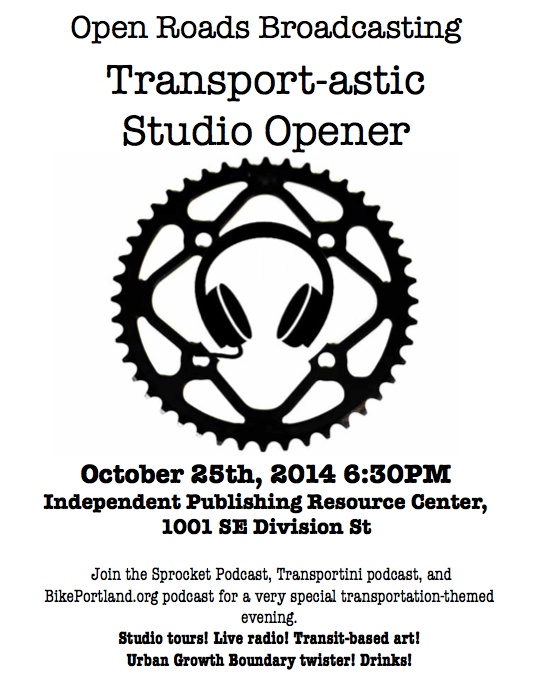
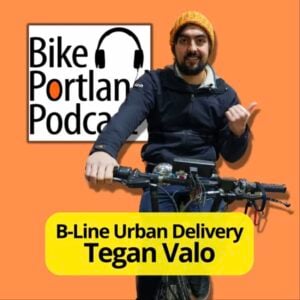
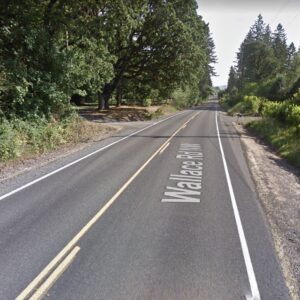
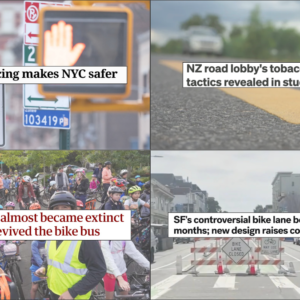
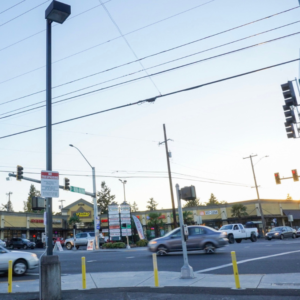
Thanks for reading.
BikePortland has served this community with independent community journalism since 2005. We rely on subscriptions from readers like you to survive. Your financial support is vital in keeping this valuable resource alive and well.
Please subscribe today to strengthen and expand our work.
Awesome photo choice, boss. And great conversation, all.
I guess I live in “[in]authentic Oregon”…:-`
I went on several Cycle Oregon rides in the 1990s. During the early ones, there was lots more interaction between riders and the town folks. Entertainment featured cowboy poetry and local fiddlers. Beer was consumed at the local taverns or beer gardens set up by the locals. Meals were served in the cafeterias of schools.
That all changed and the entertainment featured out-of-town talent. Riders were too good to consume ordinary beer at the local spots – had to have microbrews.
Cycle Oregon became more “self-contained” relying on the locals only for providing labor for the professional CO staff. Now, you can even pay to have your tent set up, luggage hauled, and with luck never even interact with someone who lives in rural Oregon.
I miss the old format when there was more interaction with the town folks.
My sentiments exactly. After completing 13 CO’s, the later years left very little time to experience the locals and their hospitality, often to the disappointment of the community. After all, that was the whole idea of the ride…small town friendly people & the Oregon scenery.
@J_R
Well, I rode CO this year and can say that they are still mostly focused on bringing cash and goodwill to rural parts of the state.
Entertainment runs in camp from 4:00 pm to 9:30 pm. Usually only the last act of the day is from out of the town we are in. Local acts are alive and well, and much enjoyed by riders. Cowboy singers, local youth groups, dancers, all still play a big part of entertainment.
Food in local facilities is tough with 3000 CO people in a town of two hundred residents.
Most CO riders still set up their own tents and have local youth carry bags for tips to by feed for 4-H projects or a new sports jersey for the high school team. These towns appreciate and welcome us, many change their minds toward cyclists and peeps from the city side of the state.
The spirit and the rewards for participation are alive and well.
Thanks, Jerryw. We just compiled the community feedback and I wanted to share a few “hot off the presses” highlights:
$450,000 directly to small businesses, musicians, community groups and schools between Cycle Oregon services and rider purchases.
Some of the projects that are made possible as a result: funding a theater group for school, scholarships for a school trip, rebuild grandstands on rodeo grounds, promoting bicycle tourism, bike racks, community and school programs, leadership classes, helmets for Safe Routes to School, local arts projects.
And a few quotes:
“local businesses sold more in two days than rest of summer combined.”
“showed the community that cycling is a clean community friendly tourism attraction.”
“opened communication in our community.”
“positive community-wide impact.”
I’ve ridden the past 5 years. Each has been different. In some of the places we have gone, there wasn’t much “local” period. Diamond. Ashland had a lot going on. That said, my interactions were limited as I didn’t go into town much. I rode years ’12 and ’14 on a fix gear. I would ride into camp, set up my tent (usually tipping one of those kids), wind down at Nossa Familia, go to dinner, then hit the hay. Get up and do it again. Both years were hard. But Cycle Oregon provides such solid support that it is both feasible and fun.
My contacts with locals, while few, were always fun. A welcome and thanks were almost a given. I have never experienced appreciation like I have seen with Cycle Oregon in nearly 50 years of riding.